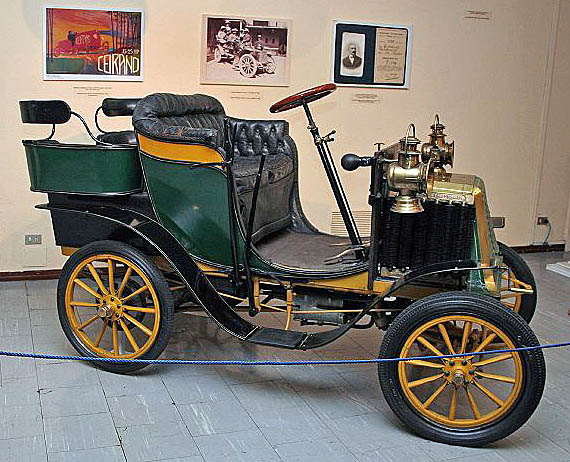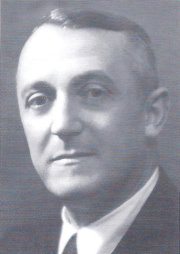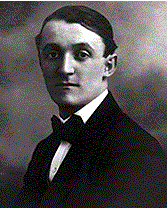<Back to Index>
- Entrepreneur Giovanni Battista Ceirano, 1860
- Engineer and Managing Director of Alfa Romeo Ugo Gobbato, 1888
PAGE SPONSOR

Giovanni Battista Ceirano (1 October 1860 - 1912) was an Italian entrepreneur and car pioneer. Born in Cuneo in 1860, Ceirano is the eldest of three brothers who were pioneers of the Italian car industry. At the age of twenty, devoured by the "sacred fire of mechanics", leaves for Turin with the aim to broaden his technical horizon, which was too limited at his father's small watchmaker workshop. In 1888, after eight years of "apprenticeship", he rented a storage space and started to build bicycles with his brothers John and Matthew. The bicycles were sold under the name of Welleyes, because at the time English names had more clout with the public.
At the end of 1898 the company Ceirano GB & C was founded with the intention to build cars. Among the workers was Vincenzo Lancia, who founded Lancia. The first car was designed by Aristide Faccioli. It was equipped with a small twin engine (663 cc) and a two speed gearbox. This car was also named Welleyes and presented to the public in mid 1899.
Due to the success of this car a small - series production was planned. This was impossible to implement in the cramped spaces of Ceirano GB & C.. For this reason, Ceirano contacted members of the aristocracy and finance Turin in order to form a company that can build a factory. The preliminary agreement was reached on July 1, 1899, signed by the group of aristocrats. On July 11, 1899 Fabbrica Italiana Automobili Torino - Fiat - was officially founded.
When Fiat acquired the "Ceirano GB & C." Ceirano share was paid out and he was given the job of a sales agent for Italy.
Being a representative was not the aspiration of Ceirano and he left Fiat after only one year: He founded "F.lli Ceirano" which became STAR (SocietÓ Torinese Rapid Cars). In 1905 he retired in Bordighera where he died in 1912.


Ugo Gobbato (Volpago del Montello, 16 July 1888 - Milan, 28 April 1945) was an Italian engineer and Managing Director of Alfa Romeo between 1933 to 1945.
He studied in Germany where he graduated in mechanical engineering at the Technical University of Zwickau in Saxony. After having fulfilled his military service between 1915 and 1918, he was hired by Fiat, becoming the first director of the Lingotto factory.
From 1929 to 1931, he oversaw the construction of new Fiat factories in Germany and Spain and again, in 1931, by direct appointment by Senator Agnelli, he was entrusted with the construction of the factory in Moscow, a city where he lived for over two years. He was back in Italy in 1933, and the government and the IRI gave him a task to reorganize the Alfa Romeo, which was in bankruptcy.
He was assassinated in Milan on April 28, 1945, immediately after the war.